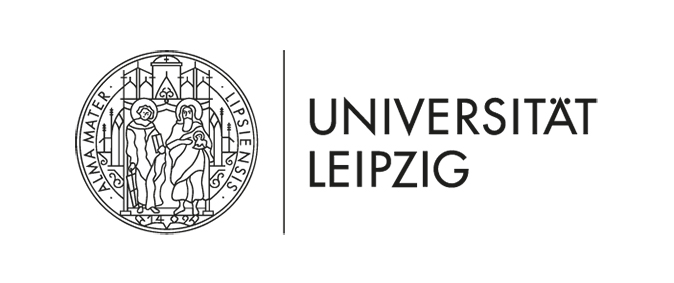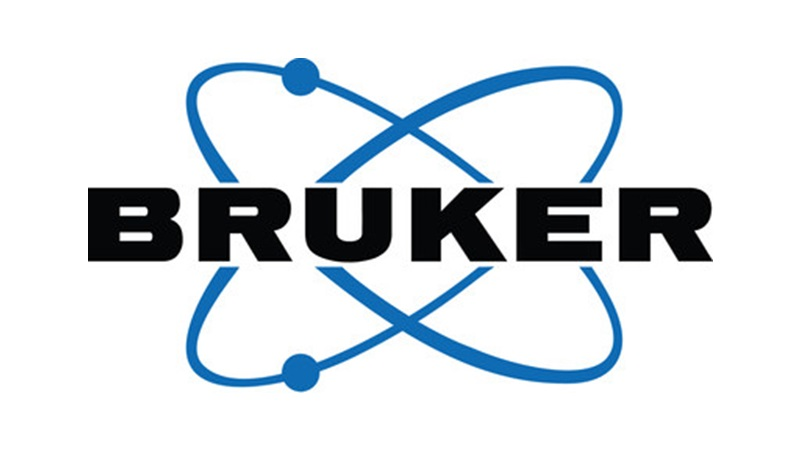|
14th Annual Symposium Physics of Cancer Leipzig, Germany Oct. 4 - 6, 2023 |
PoC - Physics of Cancer - Annual Symposium | |||||||||||||||||||||
|
|
Contributed Talk
Immune cells employ intermittent integrin-mediated traction forces for 3D migration
Contact: | Website
To reach targets outside the bloodstream, immune cells can extravasate and migrate through connective tissue. During tissue infiltration, immune cells migrate in an amoeboid fashion, characterized by weak matrix adhesions and low traction forces, that allows them to achieve high migration speeds of up to 10 μm/min. How immune cells reconcile amoeboid migration with the need to overcome steric hindrance in dense matrices is currently not understood. Here we show that when confronted with steric hindrance, immune cells can switch from their default amoeboid migration mode to a highly contractile, mesenchymal-like migration mode. We use time-lapse confocal reflection microscopy to obtain simultaneous measurements of migration speed, directional persistence, and cell contractility in 3D biopolymer networks. We find that NK92 (natural killer) cells are highly mechanoresponsive and exert substantial acto-myosin driven, integrin-mediated contractile forces of up to 100 nN on the extracellular matrix during short contractile phases. This burst-like contractile behavior is also found in primary B, T, NK cells, neutrophils, and monocytes, and is specifically used by the cells to avoid getting stuck in narrow pores of the surrounding matrix. Our results demonstrate that steric hindrance guides the rapid regulation of integrin-mediated adhesion to the ECM in a large number of immune cell subtypes.
Preprint: https://www.biorxiv.org/content/10.1101/2023.04.20.537658v2 |









